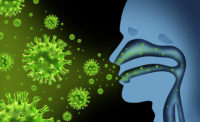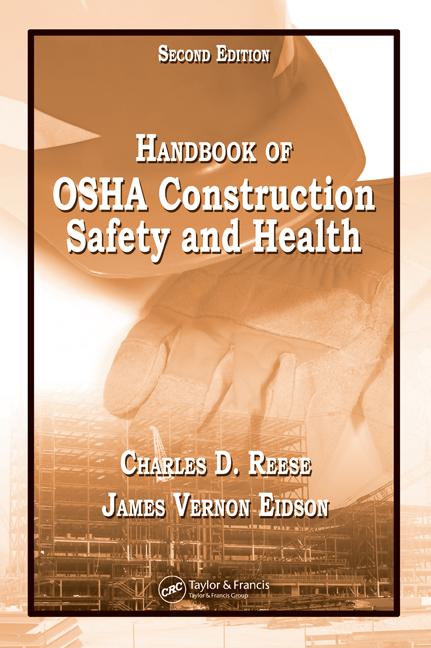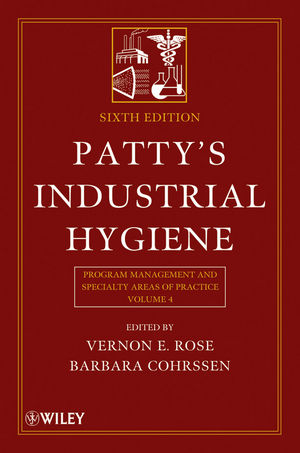Beginning with the Oct. 23, 2015, Supplements to Morbidity and Mortality Weekly Report (MMWR), CDC will publish the summaries of all notifiable conditions – infectious and noninfectious – at the same time. Together, these two reports provide official statistics for all nationally notifiable conditions in the same MMWR volume.
Notifiable diseases and conditions are those for which regular, frequent, and timely information is necessary for prevention and control.
“Tracking and responding to infectious and noninfectious diseases is a major part of CDC’s mission to protect America’s health,” said CDC Director Tom Frieden, M.D., M.P.H.
The Summary (Infectious) summarizes data on dozens of nationally notifiable diseases and conditions in the United States. Highlights include:
- West Nile virus (WNV) — In 2013, 47 states and the District of Columbia reported 2,469 cases of WNV disease – including 1,267 cases of WNV meningitis, encephalitis, and acute flaccid paralysis. There were 119 deaths. WNV disease incidence was similar to that during 2004-2007 but was higher than during 2008-2011.
- Valley fever (coccidioidomycosis) —This fungal infection caused by inhalation of spores present in the dry soil of the southwestern U.S. and California was recently detected in Washington State, far outside its usual range. The 9,438 reported cases in 2013 are a 47 percent decrease from 2012.
- Dengue — Spread by mosquitoes, dengue is a potentially serious viral infection. In 2013, dengue outbreaks occurred in Florida, Texas, and Puerto Rico.
- Novel flu viruses — In 2013, there were 21 cases of human infection with variant flu viruses in the U.S. – all associated with direct or indirect contact with swine. There were no human-to-human transmissions. Any public health laboratory that receives a suspicious specimen of flu virus – one that cannot be subtyped using standard methods -- immediately submits that specimen to CDC for further testing.
- Whooping cough (pertussis) — Reported pertussis cases decreased from 2012 to 2013. However, cases continue to exceed those reported during the 1990s and early 2000s.
- Salmonellosis — Salmonella causes an estimated 1.2 million illnesses per year in the U.S. The largest multistate outbreak in 2013 was traced to contaminated chicken. Other notable outbreaks were linked to live poultry, tahini sesame paste, cucumbers, and small pet turtles.
- Hepatitis C (HCV) — After receiving reports of about 800 to 1,000 cases of acute HCV infection per year from 2006-2010, there was an increase of 73.9 percent to 2,138 cases in 2013. Investigations show a marked increase in the number of acute cases of HCV among young, nonminority people who inject drugs, many of whom also abuse oral prescription opioid drugs.
The Summary (Noninfectious) summarizes data that has been added to the list of nationally notifiable conditions in the United States. Highlights in the 2015 report include:
- Acute occupational pesticide-related illness and injury. During 2007–2010, a total of 2,014 cases were identified in the 11 states. Rates of illness and injury among agricultural industry workers (18.4/100,000) were 37 times greater than the rates for nonagricultural workers (0.5/100,000). Rates were highest in Washington.
- Elevated blood lead levels (BLLs) in adults. In U.S. adults, most lead exposures are occupational. In 2012, the vast majority of elevated BLLs were in men. The overall prevalence of elevated BLLs declined from 2010 to 2012.






